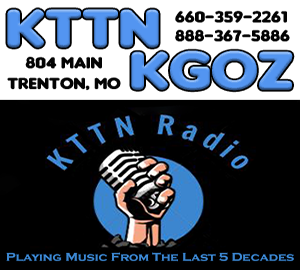Cow herd owners leery of the futures market or insurance for risk management can look to quality beef for protection.
Scott Brown, a University of Missouri livestock economist, told that option at the MU Thompson Farm field day Tuesday, Sept. 20.
He asked the farmers present if any were using risk management. No hands went up.
“You could have made lots of money with risk management,” he added.
Brown said he suggested at the field day a year ago that beef prices had strong downside risk. Prices fell sharply in the past year.
The beef-owner response was not a surprise. Livestock owners don’t use risk control tools widely used by crop farmers, Brown said.
The economist spoke after MU scientists told of research on breeding quality beef. The MU Thompson Farm is a national leader in quality research.
Jared Decker, MU Extension geneticist, said that steers from the Thompson herd had graded 33 percent USDA prime. That’s compared to the national average of 3 percent prime at the time.
Brown’s charts show prime beef prices consistently sold well above prices for USDA choice and select, the lower grades.
And the prime price line over time was fairly smooth. The price lines for the lower grades jumped up and down.
Prime prices are less volatile, he said. Then he told how that higher, less volatile price offers risk management. Steady prices reduce unknowns.
The high-quality beef not only brings more money, it also sells at premium prices at the packers. Programs such as Certified Angus Beef (CAB) help boost income even in times of low beef prices.
The animal scientists pointed out that using better genetics through artificial insemination adds more than beef quality.
Marbling—thin layers of fat—in beef cuts increases with known genetics. That marbling score determines the final USDA grade of a beef cut.
Brown did not predict a bottom point for falling beef prices. However, he said downside risk remains. Risk management can still prove profitable in uncertain times. “Develop a plan,” he advised. “Going home and doing nothing is a plan. Not a good plan, but a plan.”
He said that cow-calf returns of $550 per head as in 2014 will not likely be seen again. “We had never—I say, never—in history seen returns like those.”
However, his charts showed that falling prices remain above long-term averages from before the beef price bubble.
“Basic economic laws still work,” Brown said. “Supply and demand affects prices.” His numbers showed that producers, in response to record prices, held back more heifers and grew more calves.
In the last two years, producers sold an additional 3 billion pounds of meat per year. That was on top of record pork and chicken already on the market.
In his forecast, Brown sees another 3 billion pounds of beef coming.
Brown said the cattle cycle is changing. Backing off on production comes much slower now. “Producers respond to high prices by increasing the cow herd. But they delay cutting the herd when prices drop.”
Thompson Farm is part of the MU College of Agriculture, Food and Natural Resources, Columbia.







